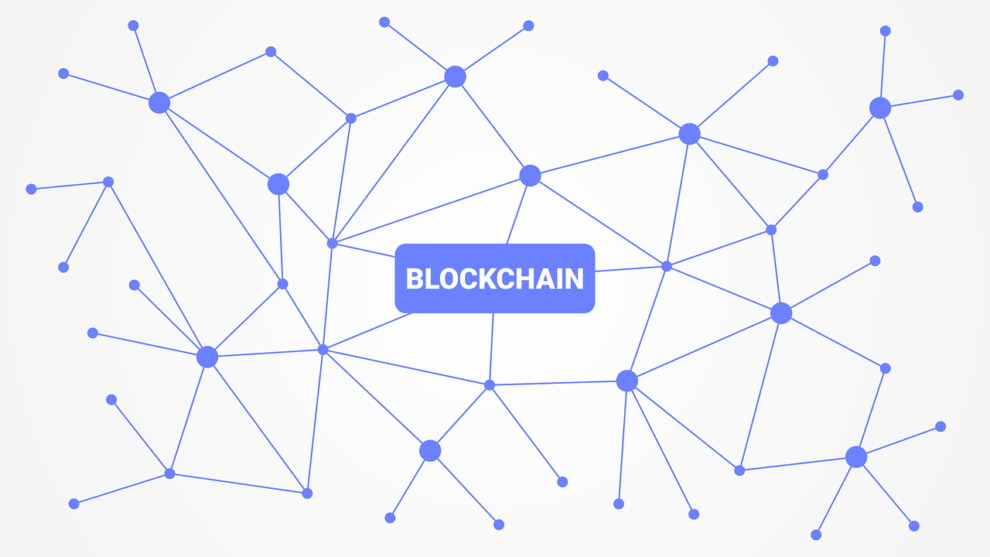In recent years, blockchain technology has been rapidly gaining ground in various industries, including finance, healthcare, and logistics. However, one area where it could potentially have a significant impact is education. Blockchain has the potential to revolutionize the way educational credentials are issued, verified, and shared. This article will explore the potential of blockchain technology in education, including its benefits and challenges. If you are worried about your future and want to start a crypto investment, you should start with immediate-connect.com and other such applications.
What is blockchain technology?
Blockchain is a decentralized digital ledger that records transactions in a secure and transparent manner. Each block contains a record of transactions that are linked to previous blocks, forming a chain of information. The technology enables secure and transparent transactions without the need for intermediaries or centralized authorities. This feature has the potential to revolutionize various industries, including education.
Empowering students with ownership and control over their credentials
Blockchain technology can give students ownership and control over their academic records and achievements. Students could have a digital wallet that contains their academic records, such as transcripts, certificates, and degrees, that are stored on the blockchain. This would enable students to have complete control over their records, making it easy for them to share them with potential employers or educational institutions.
In addition, blockchain technology could enable students to earn micro-credentials for specific skills or competencies. These credentials could be stored on the blockchain, providing a more comprehensive picture of a student’s skills and knowledge. This could be particularly useful for students who have acquired skills outside of traditional educational institutions, such as through online courses, workshops, or apprenticeships.
Reducing fraud and increasing trust in credentials
Another potential benefit of blockchain technology in education is its ability to reduce fraud and increase trust in credentials. Currently, there is a lack of standardization and transparency in the way educational credentials are issued and verified. This can lead to fraudulent activity, such as fake degrees or certificates.
Blockchain technology can provide a secure and transparent way of issuing and verifying credentials. Each transaction on the blockchain is recorded and verified by a network of computers, making it virtually impossible to tamper with the data. This would enable employers and educational institutions to verify the authenticity of a credential with ease, reducing the risk of fraud.
Challenges to implementing blockchain in education
Despite the potential benefits, there are also challenges to implementing blockchain technology in education. One of the main challenges is the need for standardization and interoperability. Currently, there are no standardized formats for digital academic records or credentials. This makes it difficult to create a unified system that can be used across different institutions and countries.
In addition, the cost of implementing blockchain technology can be a significant barrier. Educational institutions would need to invest in the infrastructure and resources required to implement the technology, which may not be feasible for smaller institutions or those with limited budgets.
Another challenge is the need for education and awareness around blockchain technology. Many educators and administrators may not be familiar with the technology and may be hesitant to adopt it. Therefore, there is a need for education and training to ensure that stakeholders understand the potential of blockchain technology in education.
Conclusion
Blockchain technology has the potential to revolutionize the way educational credentials are issued, verified, and shared. It can give students ownership and control over their academic records and achievements, reduce fraud, and increase trust in credentials. However, there are also challenges to implementing blockchain technology in education, such as standardization, cost, and education and awareness.
As the technology continues to evolve and mature, it is likely that we will see more widespread adoption of blockchain in education. In the meantime, it is important for educational institutions to continue exploring the potential of blockchain technology and to stay informed about developments in the field.
Overall, blockchain technology has the potential to empower students and revolutionize credentialing in education. By providing a secure and transparent way of issuing and verifying credentials, blockchain technology can help bridge the gap between education and employment, ensuring that students are better prepared for the workforce.
Furthermore, blockchain technology can also help address issues of inequality and access in education. By providing a secure and decentralized platform for storing and sharing academic records, blockchain technology can make it easier for students to access their records and transfer them between institutions. This could be particularly useful for students from disadvantaged backgrounds or those who have had to transfer between multiple institutions.
